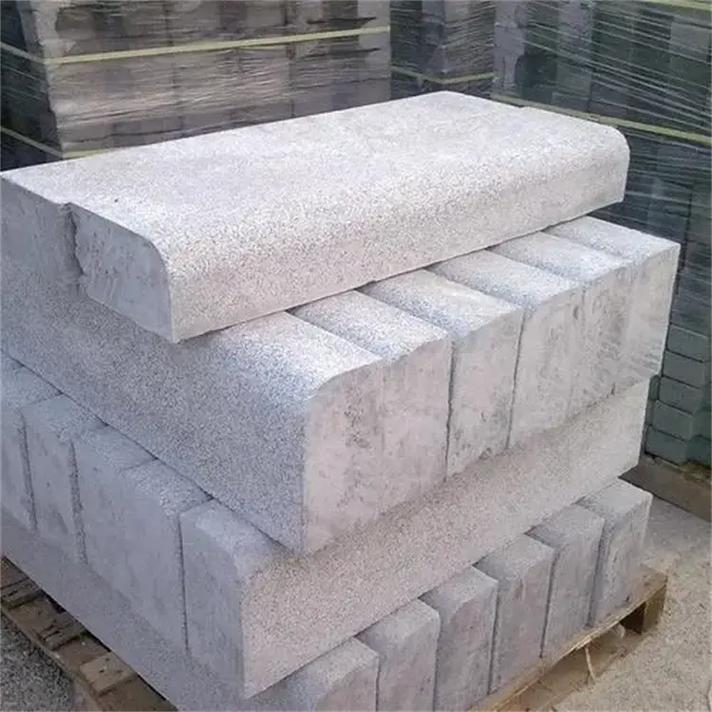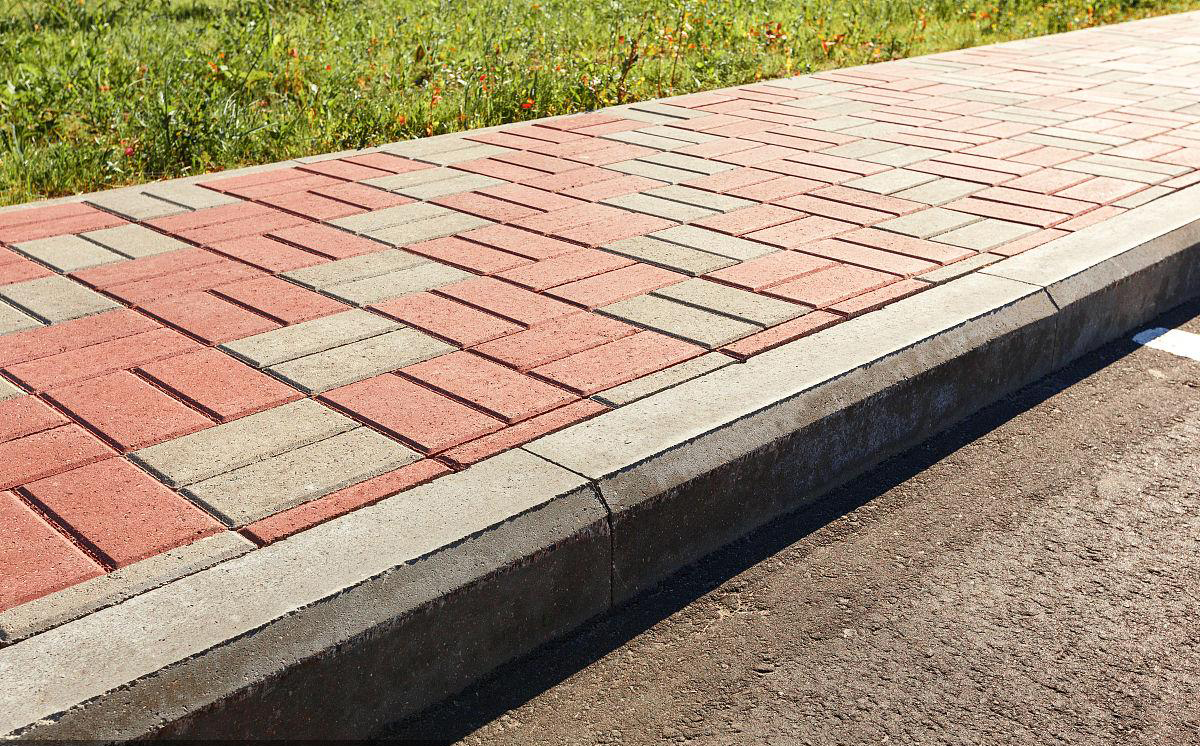|
Concrete paving stones, a commonly used basic material for constructing roads, squares, and other traffic surfaces, are not only the backbone of urban construction but also an indispensable part of modernization.
As a durable material, the design, production, and construction processes of concrete paving stones involve extensive technology and research.
This article will comprehensively analyze the relevant technologies, performance characteristics, and future trends of concrete paving stones to provide reference and guidance for related industries.

Definition and classification of concrete paving stones
Concrete paving stones are primarily made from cement, sand, gravel, and necessary additives scientifically mixed.
Depending on their application environment and load-bearing requirements, concrete paving stones can be categorized into various types, including but not limited to ordinary concrete pavement stones, colored decorative pavement stones, and special functional pavement stones such as permeable stones.
Each type has its unique physical and chemical properties to accommodate different environments and usage requirements.
Production and processing process of concrete pavement
The production process of concrete paving stones is a combination of technology and craftsmanship.
First, the selection and mixing of raw materials are required, which is crucial for ensuring the quality of the final product.
The quality of cement directly affects the strength and durability of the concrete, while the particle size and cleanliness of sand and gravel influence the density and uniformity of the concrete.
Additionally, special additives such as water reducers, antifreeze agents, and colorants can further enhance the performance of paving stones.
Key points of construction technology
The laying technology of concrete pavement stones also has a significant impact on its performance.
Before construction, the foundation must be thoroughly treated to ensure it is solid and level.
During laying, the concrete needs to be completely compacted to prevent future cracking and settlement.
The setting of cut joints requires precise calculation to control the natural shrinkage of the concrete and prevent damage caused by temperature and humidity changes.

Performance improvement and maintenance strategy
Another key point in improving the performance of concrete paving stones is post-construction maintenance and care.
Timely cleaning and maintenance can not only extend the service life of the pavement but also maintain its aesthetic appearance.
For example, the use of sealants can prevent water and pollutants from seeping into the concrete, thereby avoiding damage and reducing pollution.
Regular inspections and timely repairs are also essential, as they help identify issues early and address them effectively.
Future development trend
With the continuous advancement of technology and the increasing demand for environmental protection, the development of concrete paving stones is also facing new opportunities and challenges.
In the future, more environmentally functional products, such as high-reflectivity "cold materials" and "photocatalytic concrete" that can absorb harmful gases, will become market hotspots.
Additionally, the application of intelligent manufacturing technologies, such as using artificial intelligence for material formulation and quality control, will further improve production efficiency and product quality.

Epilogue
Concrete paving stones, as an important component of infrastructure, are crucial for advancing urban construction and maintenance through in-depth research on their technology and application.
Continuous technological innovation and product upgrades will enable concrete paving stones to play a more significant role in future construction, supporting the creation of a better and more sustainable environment.
|